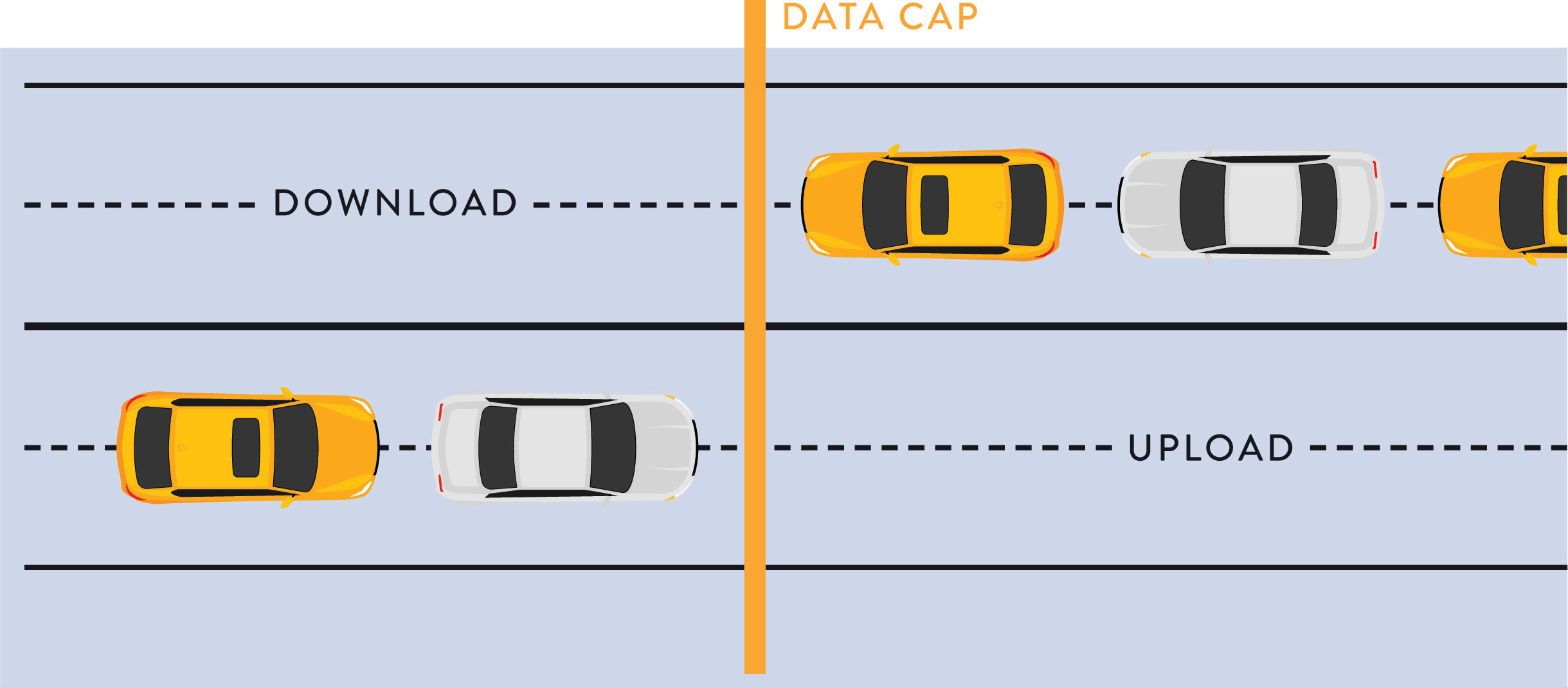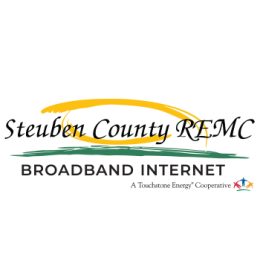
This month, we continue the Breaking Down the Terminology series. Last month, we discussed internet bandwidth (the maximum amount of data that can be transferred over a network connection within a specified time frame) being similar to the number of lanes on a highway and internet speed (the rate at which data is transferred) being like the speed limit sign.
Data caps and throttling
Some internet providers set a cap on the amount of data that their customers can use at the high-speed service. They will then cut the level of service back when the cap has been met. Service providers do this when that amount of data or cars in our analogy meets their set number. Imagine a three-lane highway with a speed limit of 70 mph and the ease of travel. Now take that image, and the service provider says, “The number of cars that have traveled for the month has exceeded the allowed number.” The service provider can do a couple of different things. If they use data caps, they can cut you off and put up a “road closed” sign until the next bill cycle. The other option with data caps is excessive fees for extra data. This would be like a toll road. If the service provider uses throttling, they will take that same traffic and have them enter a construction zone. This construction zone is one lane with a speed limit of 35 mph.
Upload and download speeds
Everything involved with bandwidth, speed, or data caps has an upload and download stream. The upload data highway is used when backing up your files to the cloud. This is usually the smaller number listed in unsymmetrical internet plans. On the other side, download is used for streaming and web browsing. Most data usage is downloaded data. Some activities, like video conferencing and gaming, involve uploading and downloading.



